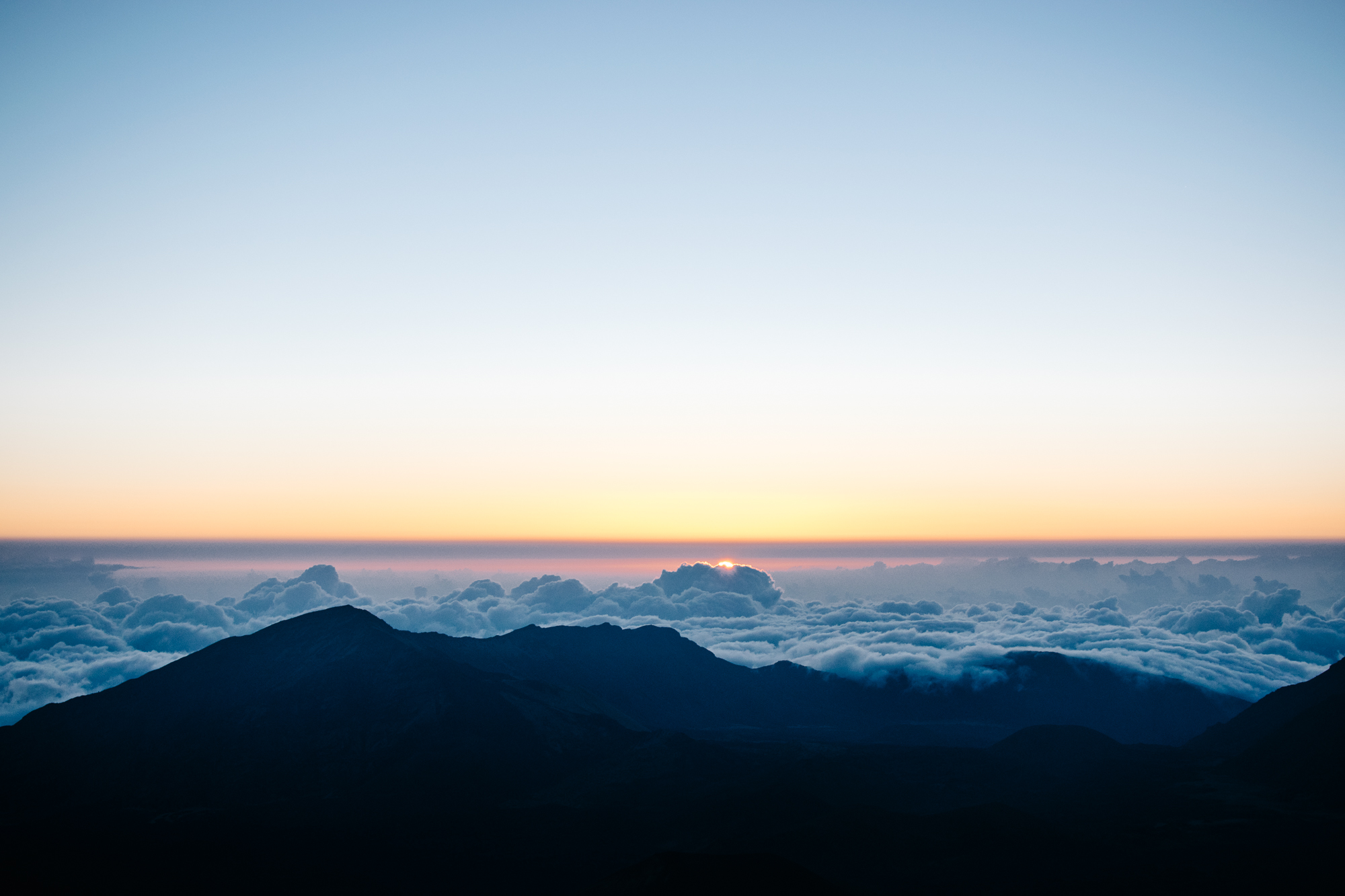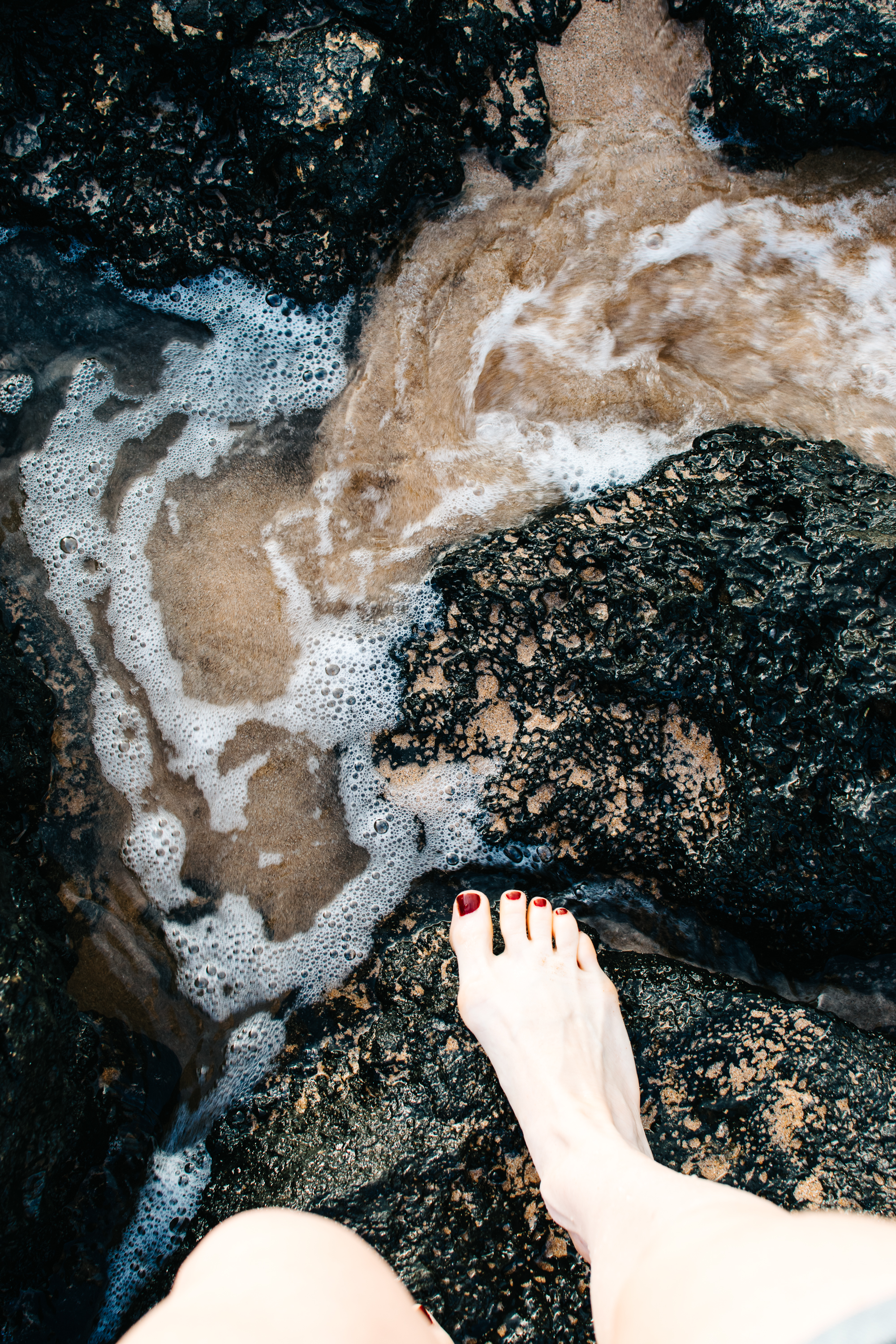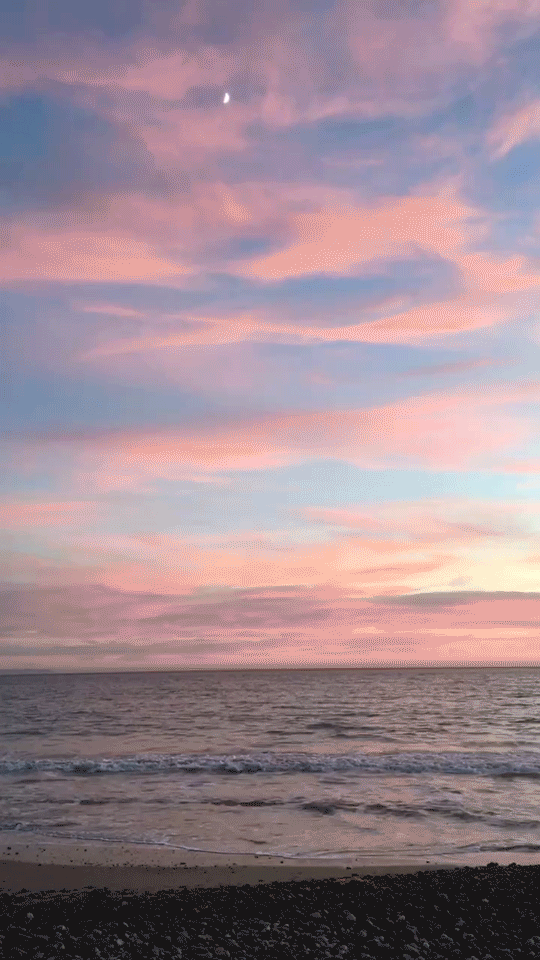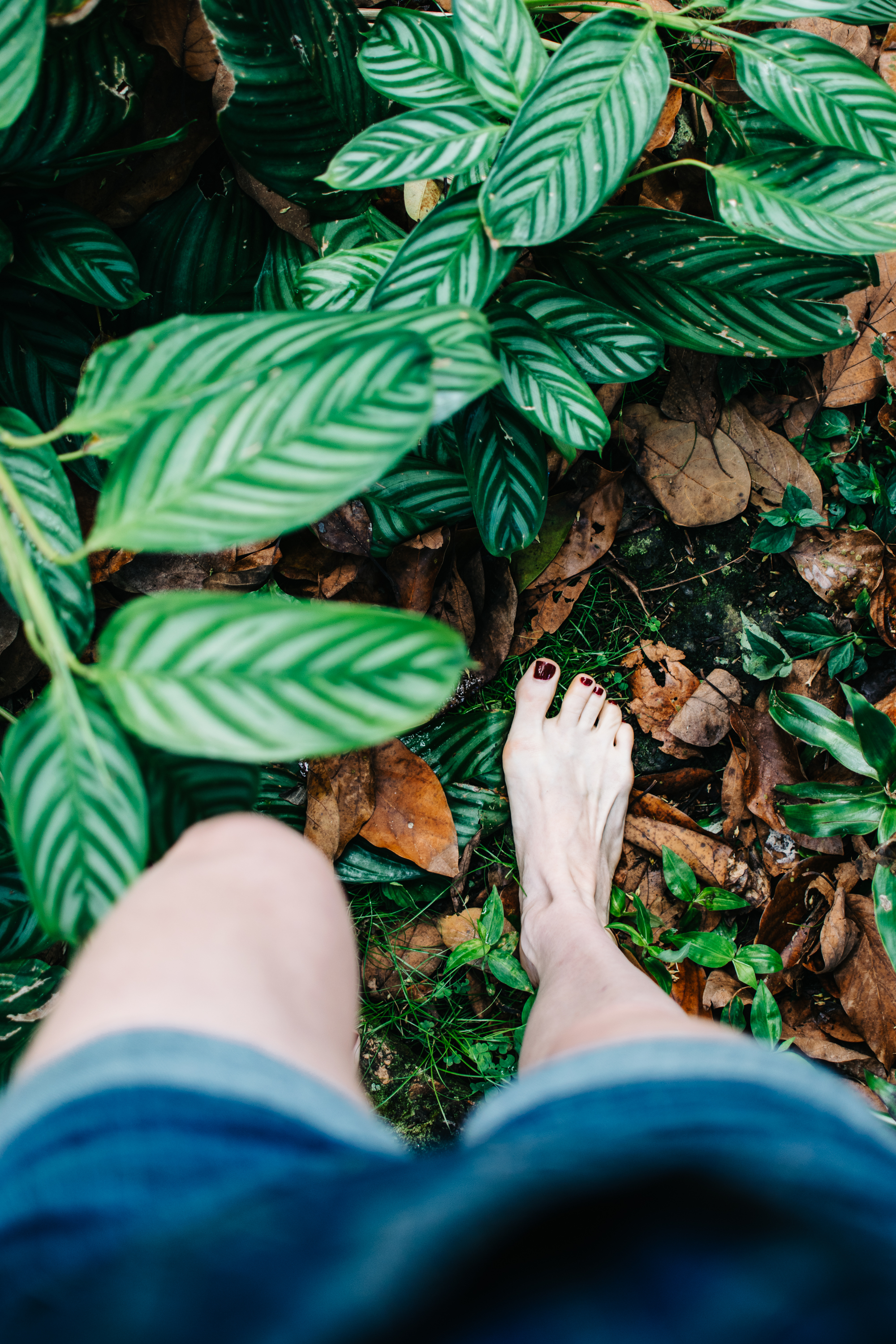
I think it’s something about the way I speak: slower, more languidly, with longer pauses. And the things that I notice: light, changes in wind, leaf formations, edible plants. Oh, and it’s in the oddities I appreciate, too: an open field, a body of water, hands in the earth, the music of Loreena McKennitt.
When I moved from Maui, Hawai’i—the lush tropical island where I grew up—to New Haven, Connecticut to enter my freshman year at Yale, I heard two questions on repeat: Why would you ever leave? and The culture shock must be insane! Though the second wasn’t much of a question, both sentiments belied a number of biases on the part of the person asking.
First, they showed me that people continue to idealize life in the tropics as a sort of life-away-from-life, as though Hawai’i actually exists as it once did in the minds of its white colonizers—pristine, untouched, a place without work or responsibility, a paradise unmarred by the weight of the world. Second, they revealed an inherent (again white, colonialist) bias—does the island girl even know how to behave in the so-called real world? Can she handle it? Can she keep up with the pace?
One person even asked if we rode dolphins to school.

These people seemed to forget that I’d worked doggedly for the past seven years to be accepted to and matriculate at one of the most selective universities in the country. That I had, in fact, worked just as hard on Maui as I was intending to in New Haven. But no matter. Because there was one thing they were right about in their questioning: The way that I grew up in Hawai’i taught me to prioritize differently.
I wouldn’t dare generalize, though. What I’m about to share with you is true for me, but may be true for me alone. It’s a combination of the education I received, both from my parents and the schools that I went to, the power of nature in Hawai’i, and the ways in which cultural traditions are maintained and passed down. It’s something in the idea that if I wasn’t respecting my elders, my ancestors, my spirit, and the land that sustained me (and its ancestors, as well—which, in Hawai’i, were distinct from my own), nothing else mattered. No achievement, no trophy, no acceptance to Yale, no book deal or fancy home.
Early on, I knew that if there wasn’t real, human, elemental pith beneath the achievement, I wouldn’t be a success. In fact, I would be a kind of spiritual failure, incapable of seeing and understanding what really mattered—the ways we connect to the earth and to each other. This is probably what first led me to write. I always wanted to know what was beneath the surface of what I saw in front of me.
I also knew that—for me, just for me—I had to slow down to see it. That doesn’t mean I always go slow. There were, and I’m sure will continue to be, stretches in my life when I sprinted. When I burned myself out going faster and faster, getting more and more done. It’s a valuable skill, speed. But it’s also a dangerous one.
Speed is intoxicating, with its attendant delusions of efficiency and power. The more we do, the more space we fill, the more it appears we’ve accomplished, the more powerful we seem to be. Yet the longer I work and live, the more this feels like a trap. Going faster doesn’t always mean doing better; in fact, often quite the opposite—it can take time to create something extraordinary.

But in the hustle and pace of life today, we rarely allow ourselves that time. We believe it might be better to get something out, than for it to be something meaningful. We live in a world of instant, Insta-, gratification. Social media teaches us to churn out content at an alarming pace, which not only dulls the quality of said content, but also alienates us from its viewers. In so many ways, I believe we’ve sacrificed meaning for speed, efficiency, “content”.
Now in the throes of trying to birth a new and meaningful element of my work, I feel more aware than ever of how my mind jumps to speed before all else. It wants to be done, to move on to the next thing, to come up with the answer. Dwelling in spaces of uncertainty is not our human forté, but I’d venture a guess that it’s one of our most fruitful places of discomfort.
Since I was evacuated from my home during the Woolsey Fire in Southern California, I found myself forced to slow down. I couldn’t speed up, because there was nowhere to go—I couldn’t even go home. Fortunately, Topanga remained safe from the fire and I was incredibly lucky to be able to return to a house intact, to a life that I knew. Yet that slowness, it stuck.
It feels rich and fecund, to move without the nerviness of speed tailing my every thought and action. So today, I share with you—and with myself, too—ten ways to slow down. Or, the art and science of doing less.
But first, two very important roadblocks we must bust through:
- First, eliminate the idea that if you don’t get ____ done now, you’ll fall irreparably behind and never recover. You may, in fact, just need the time to rebuild energy and stamina to get ____ done better in the future.
- Second, discard the idea that being busy all the time is more productive than having times of reflection and rest.
In their place, tell yourself this: Spaces of rest and reflection are every bit as productive as times of action and speed.

10 WAYS TO SLOW DOWN: THE ART & SCIENCE OF DOING LESS
- 30 Screenless Nights.
Notice yourself addicted to your phone morning, noon, and night? Give yourself the (totally free) gift of 30 Screenless Nights. - Connect with nature.
Did you know that being in nature has been scientifically proven to reduce cortisol levels and increase physical and mental health? Take a walk, watch the sunrise or sunset, get down with the natural world, and discover the science behind rewinding. - Meditate.
Sit somewhere quiet. Close your eyes. Watch your thoughts. Listen to your breath. That’s all. There are apps you can use, too, if you must.
Bonus: You don’t have to be somewhere quiet, removed from all life, to meditate. Practice watching your thoughts and listening to your breath all the time. For real, though. - Read a book.
Need I say more? Find a good book and get lost in it. Might I suggest Kale & Caramel: Recipes for Body, Heart, and Table? It’s filled with lush stories about growing up, loss, sex, love, and death. And recipes for food and DIY body and beauty products. And beautiful photos, of course. - Listen to music, or better yet—play it.
Know how to play a musical instrument? Find someone (or some place) who has said instrument and clock some time with it—alone or with pals. Freeform playing can be so soothing. And if all else fails, just put on your favorite jams and groove.
- Pick up the phone and call someone you love.
Ask them how they are. How they really are. And then listen. Mean it. - Get in the kitchen and create.
Few things are more meditative than getting into the kitchen groove. Make jam. Or a free-form galette. Or a giant pot of soup. - Grab a journal—or your digital writing device, if you must—and write.
Don’t censor yourself. Write the first thing that comes to mind. Don’t stop. - Take a bath, a swim, or a dip in any body of water.
Running water creates negative ions, oxygen atoms that contain an extra electron, which have been shown to decrease seasonal affective disorder and improve mood. - Whip up some DIY holiday gifts.
The perfect way to opt out of the Beauty Industrial Complex, and, for that matter, the entire system of capitalization that drives us to buy more, faster, every day. Did I mention these all-natural scrubs, face masks, and bath milks are affordable and mostly made with ingredients you’ve already got in your pantry?



